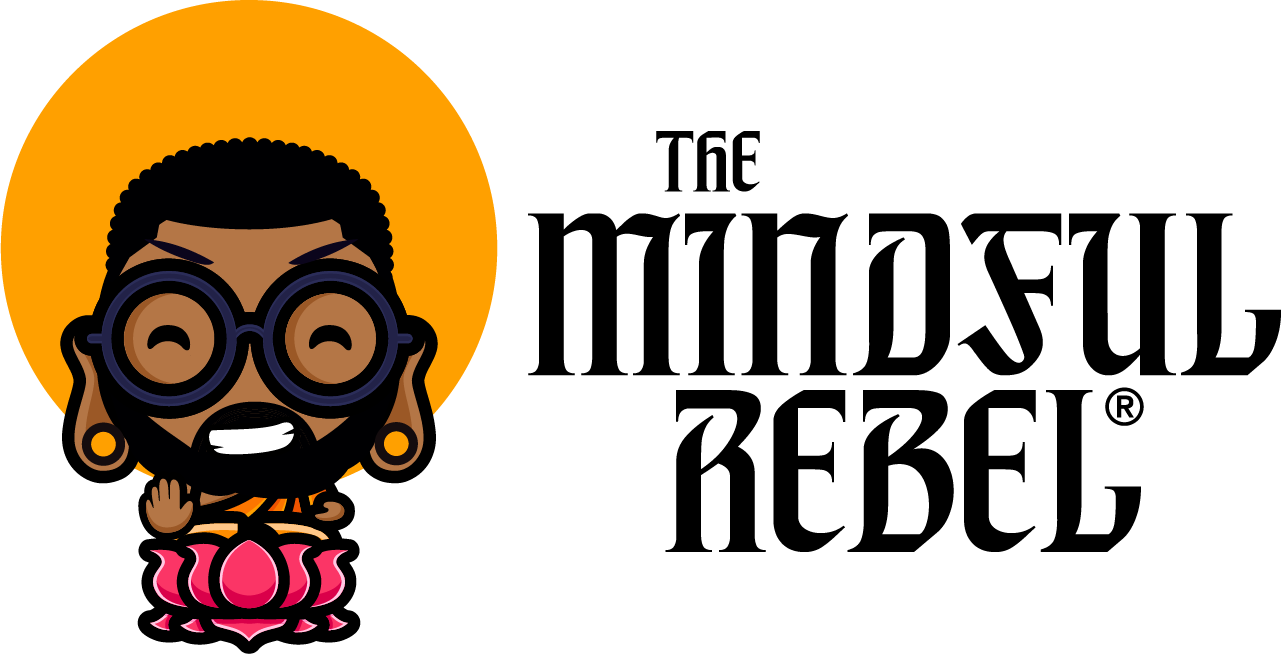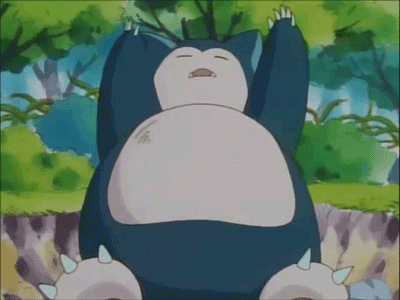Yin Yoga vs. Restorative Yoga: What's the Difference?
Both Restorative Yoga and Yin Yoga give us permission to slow down and pause from the everyday expectations of DOING and consistently grinding. Both practices are also marked by their embrace of props- including blocks, blosters, blankets, straps, and more.
Yin - A Sense of Being Stretched
Yin Yoga puts a spotlight and emphasis on stretching the deep connective tissues in our bodies rather than the more superficial muscle tissue. The longer holds, anywhere between 3- 5 minutes, in these floor based postures target our ligaments, tendons and fascia. Yin Yoga was pioneered by Paulie Zink, Paul Grilley, and Sarah Powers in the late 1980s. This practice has foundational roots in Traditional Chinese Medicine (TCM), and helps to stimulate the energy pathways by targeting the meridians - energy channels that allow life force energy to flow within us.
“The essence of yin is yielding. Yang is about changing the world; yin accepts the world as it is. Neither is better than the other. There are indeed times when it is appropriate and even necessary to change the world; other times, it is best to just allow things to unfold. Part of the yin practice is learning this yielding.”
― Bernie Clark
In yin yoga, our goal is to approach and play in the "edge" - or that sweet spot in a posture where the body finds an optimal stretch with a manageable amount of sensation and the mind is fully present.
Restorative - A Sense of Being Held
Restorative Yoga is about support and a sense of being held, in contrast to the deep stretch of Yin. Restorative, popularized by Judith Hanson Lasater a student of BKS Iyengar, uses props like chairs, blocks, straps, sandbags, bolsters, and blankets to encourage deliberate stillness and relaxation of the nervous system. We cradle the body in postures held between 5-15 minutes, and in some cases longer.
The greatest luxury in an over-scheduled life is simply unfilled time. Learn to do nothing. Lie on your couch and look out the window. No music, no cell phone, no talking, nothing. We all crave more space and the cooling balm of uncluttered time. Invite emptiness into your life whenever and wherever you can. Soak in the silence and stillness to be found somewhere in your day. This practice is anything but a waste of time. It feeds the soul and nourishes our life.
- Judtih Lasater
Our parasympathetic nervous system is stimulated when we relax into poses, which promotes a relaxation response and reduces stress in our bodies. Restorative yoga provides a beautiful insight into where we are holding tension in our body.
Both of these styles of yoga have many nuances, however we can agree that they teach you to feel and be more present. The question is - what practice do you need as you approach your practice?



